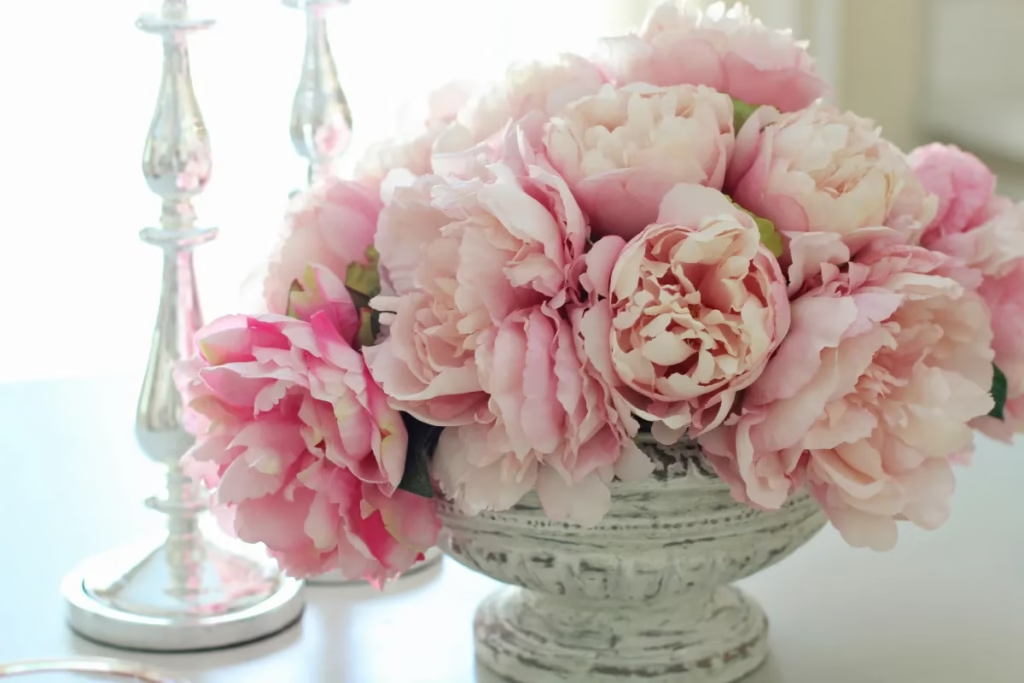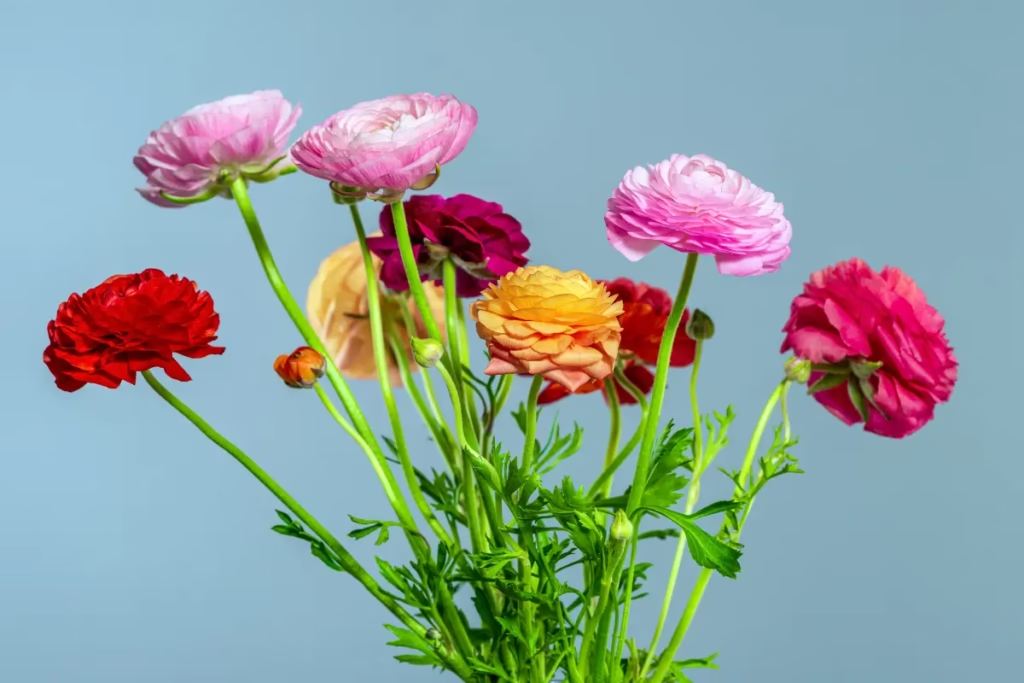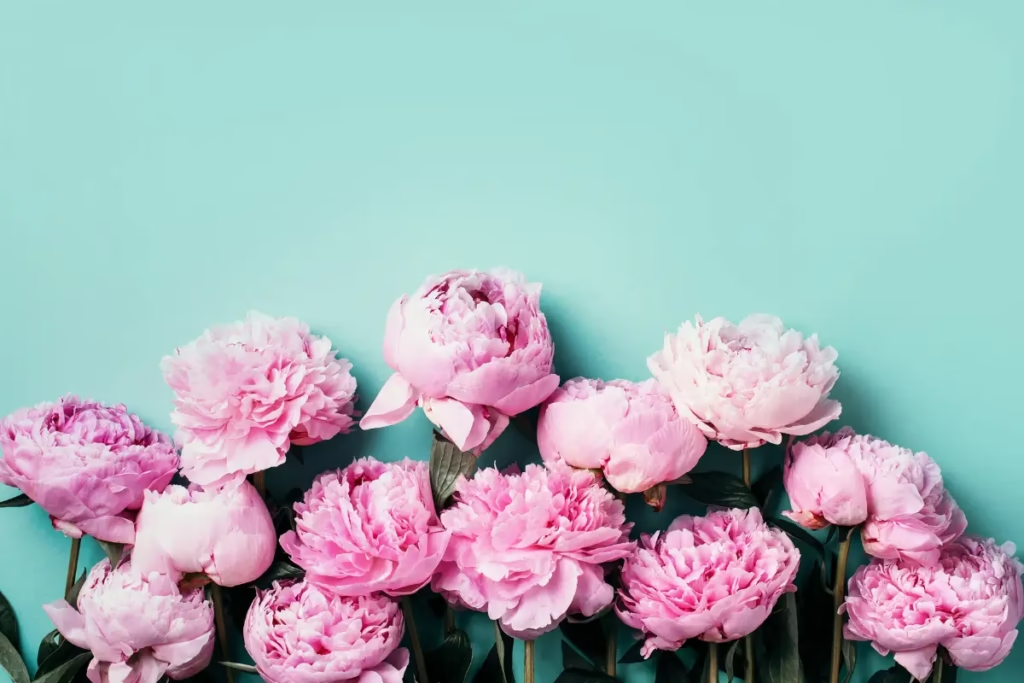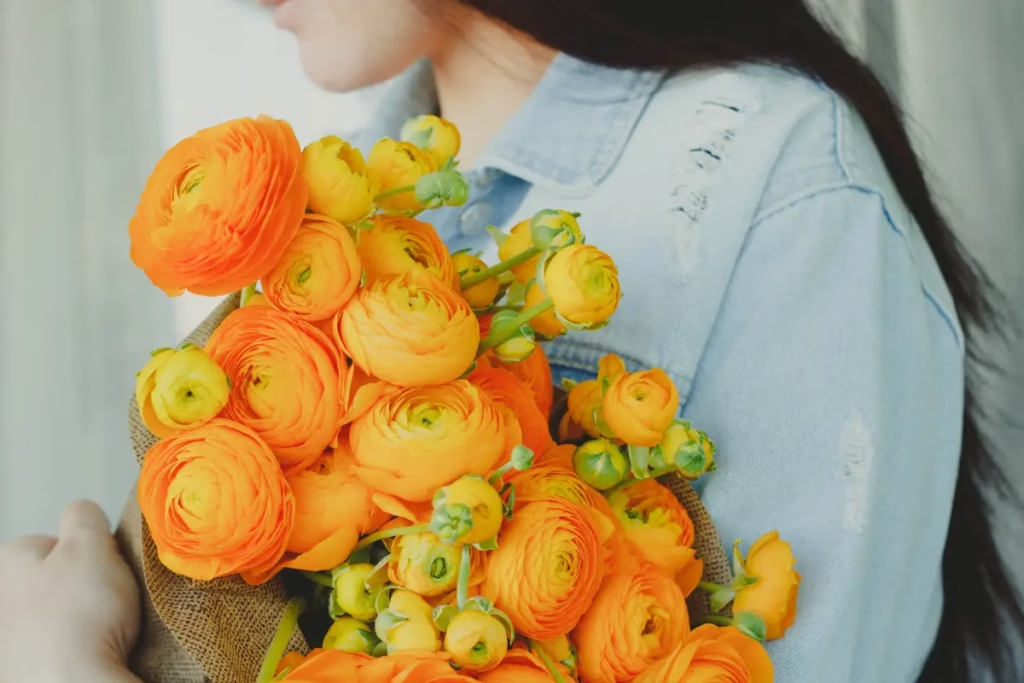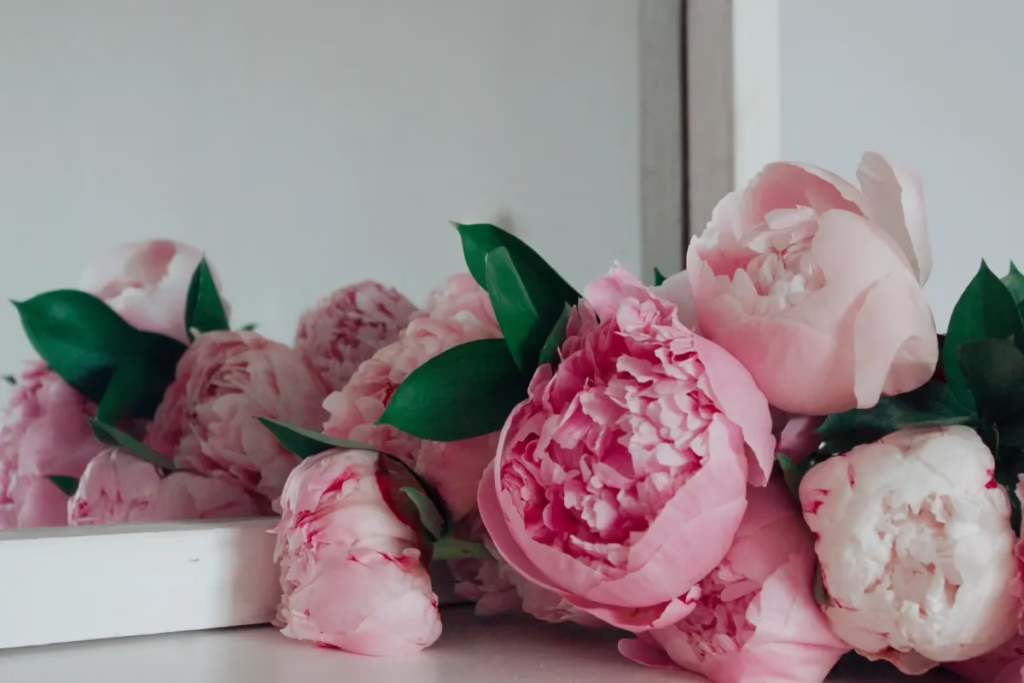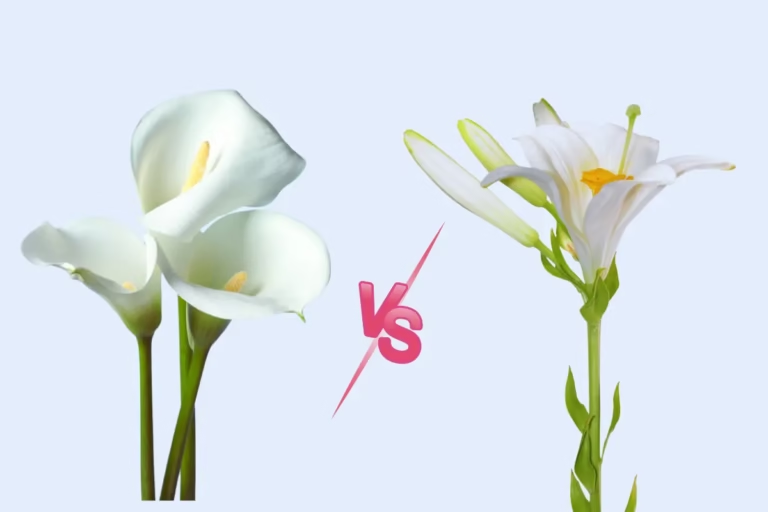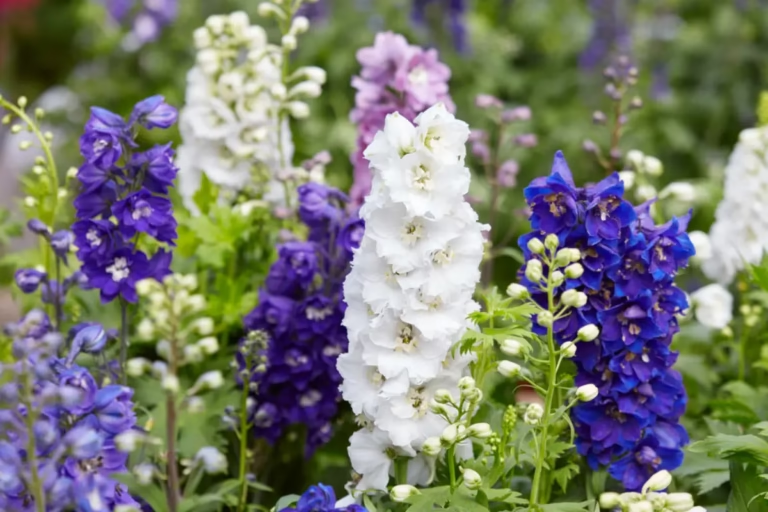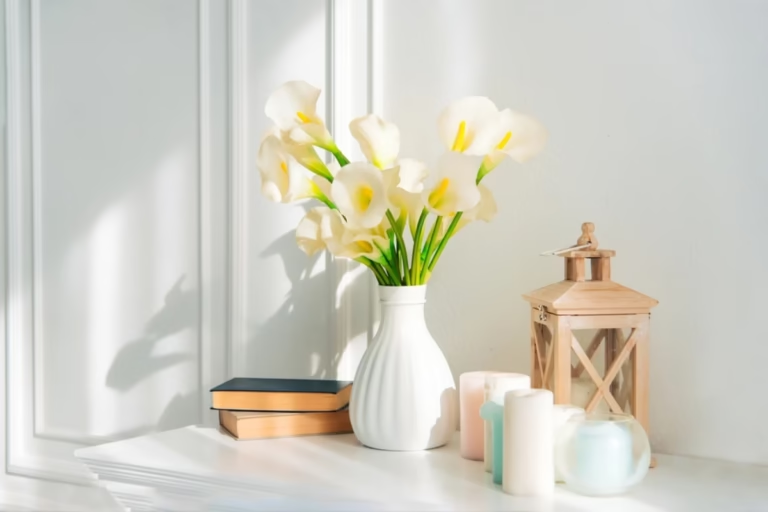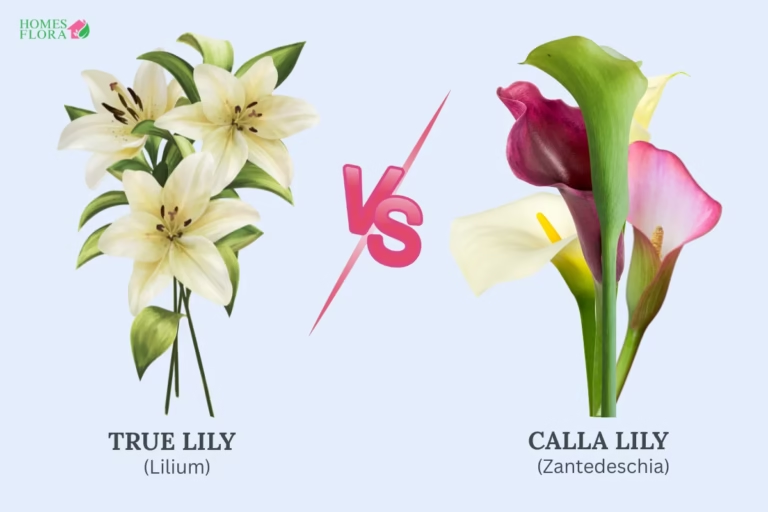Ranunculus vs Peony: Differences, Similarities, & More
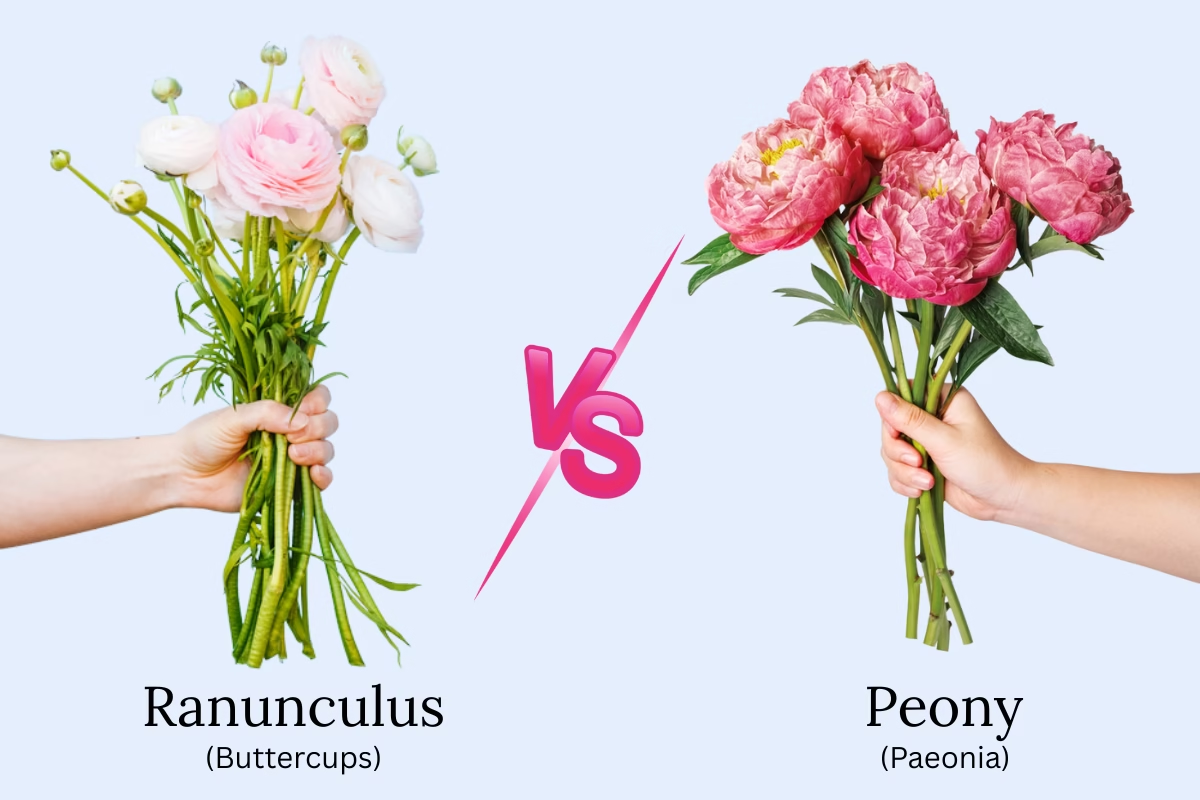
If you’re picking flowers for your garden or a special event, you might get confused between peonies (Paeonia spp.) and ranunculus (Ranunculus asiaticus), also known as Persian buttercups. They both have layered, lush blooms, but understanding their differences will help you choose the best fit for your climate and occasion.
Ranunculus are annual or perennial, bloom early with small, layered, mostly scentless petals in bright jewel tones, symbolizing charm and being budget-friendly. Peonies are strictly perennial, bloom later with large, fragrant blooms in soft pastels, symbolizing romance and prosperity, and tend to cost more due to demand and care needs. In this blog, we’ll dive into the key differences and similarities between Ranunculus vs Peony, helping you choose the perfect flower for your garden or bouquet.
peony vs Ranunculus: Comparison Table
Feature | Ranunculus | Peony |
|---|---|---|
Botanical Family | Ranunculaceae (Buttercups) | Paeoniaceae (Paeonia) |
Lifespan | Annual or perennial | Perennial (50–100 years) |
Bloom Season | Late winter to early spring | Late spring to early summer |
Bloom Size & Shape | Smaller, compact, layered “paper-like” petals | Large, lush, fluffy blooms |
Fragrance | Little to none | Strong, sweet fragrance |
Colors | Jewel tones, bright whites, vibrant pinks | Soft pastels, pinks, whites, yellows, purples |
Care Needs | Well-drained soil, allow soil to dry between waterings | Well-drained, slightly acidic soil, consistent moisture |
Vase Life | Up to 7 days | 5–10 days |
Cost | More affordable | Higher cost due to short season and higher demand |
Symbolism | Charm, attractiveness | Prosperity, romance, good fortune |
Let’s Meet the peonies
Peonies are hardy perennials with big, multilayered petals and rich colors that burst open last months of spring. Native to Asia, Europe, and North America, they’ve been cherished in India and China for centuries as symbols of romance, prosperity, and honor. Give them full sun, well-drained soil, and moderate watering, and they’ll reward you with blooms that stand up to shifting weather and resist most plant diseases.
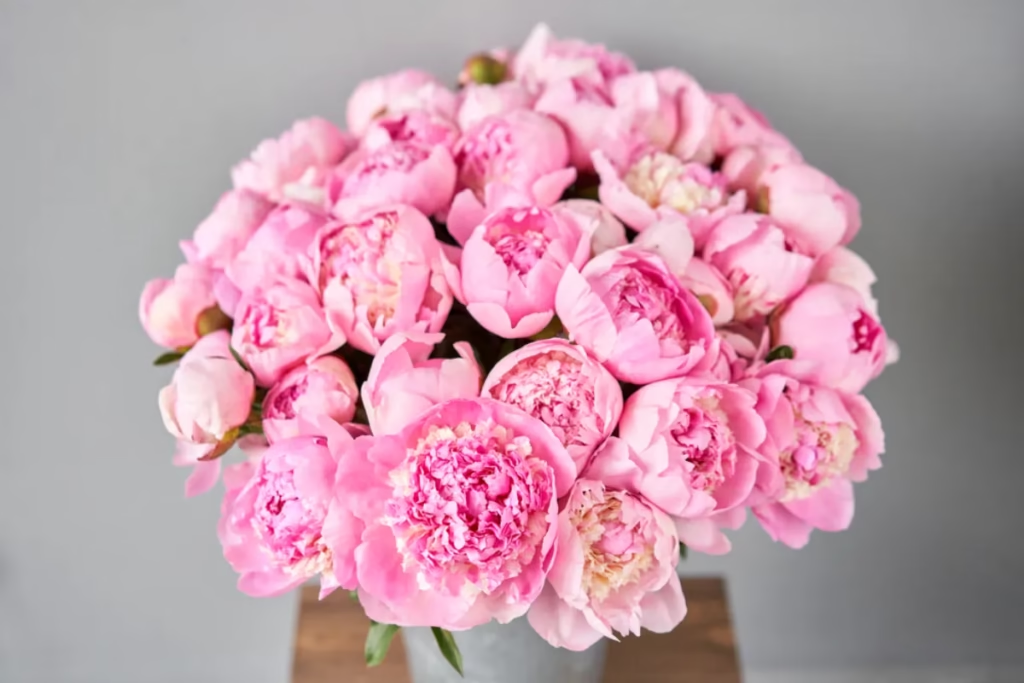
Their prominent feathery stamens set them apart from ranunculus. Popular varieties like tree, double, and Japanese keep a consistent look and sweet fragrance, making peonies a favorite for weddings, ornamental gardens, and floral arrangements.
Let’s Meet the Ranunculus
Ranunculus are bright, charming flowers from the buttercups, that grow as annuals or perennials while while peonies are just perennials. With over 600 species, they have a smaller bloom size and a flatter shape made of many delicate petal layers that create an origami look. Their crepe-y, folded leaves and colors ranging from jewel tones to baby pinks and bright whites make them unique.
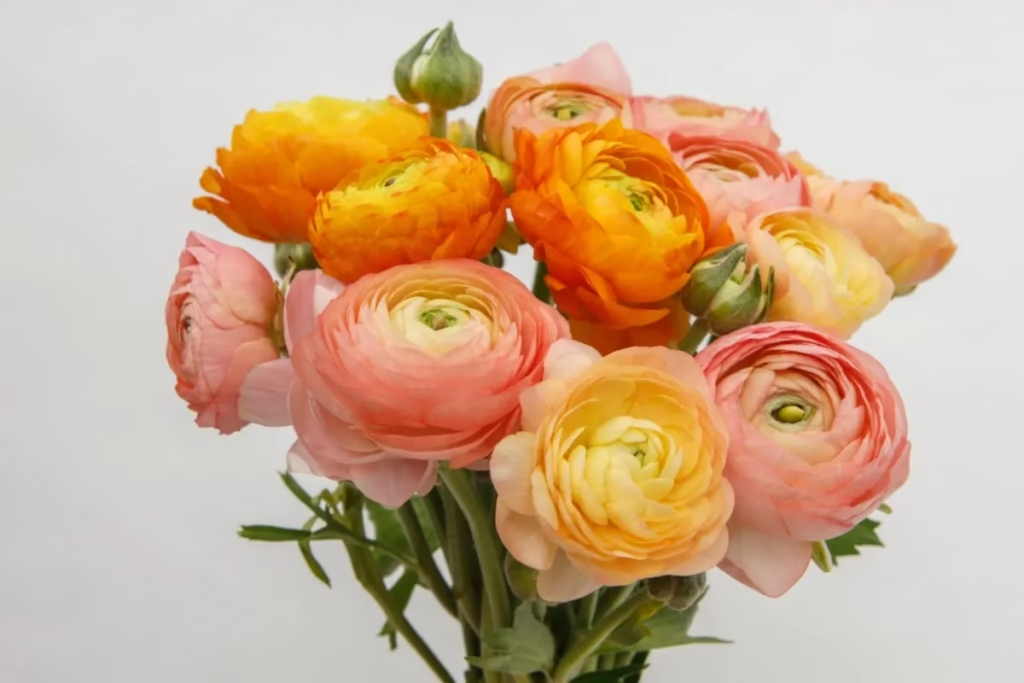
Ranunculus flowers love well-drained soil, moderate watering, and plenty of full sun, rewarding you with blooms from late winter to early spring. With the right care, fresh-cut ranunculus stems can last up to seven days in a vase, which is why they’re a favorite in cut flower arrangements and wedding bouquets.
Ranunculus Flower vs Peony: Key Differences
Bloom Size
Peonies vs ranunculus size is all about impact. Ranunculus blooms are smaller, compact, and packed with tightly layered petals that give them an origami-like look. Peony blooms, on the other hand, are big, lush, and dramatic — the kind of garden flowers that can fill a vase or make a bridal bouquet look abundant with just a few stems.
Fragrance
One whiff and you’ll know — Peony flowers are famously fragrant, filling bridal bouquets and table arrangements with their sweet, romantic perfume. Ranunculus flowers, by contrast, are almost scentless, winning hearts with their vibrant colors and intricate, layered form instead.
Care Needs
Ranunculus plants prefer their soil to dry slightly between waterings, thriving in light, well-drained garden beds. Peony plants prefer consistent moisture throughout their growing season, making them a little more demanding but well worth the effort.
Blooming Seasons
Ranunculus flowers bloom early, from late winter to mid-spring, giving gardeners a welcome burst of color just as the season turns. Peonies arrive later — usually in late spring to early summer — signaling the height of peony season and the arrival of their lush, show-stopping blooms.
Cost
Ranunculus vs peony price often reflects rarity and season. Peony stems are typically more expensive due to their short flowering season and high demand. It’s specially used for wedding bouquets and luxury floral arrangements.
In contrast Ranunculus stems are more budget-friendly, available for a longer floral season, and still bring plenty of color and elegance to centerpieces and garden-inspired bouquets.
peonies vs ranunculus: what are similar Facts
Bloom
Ranunculus flowers and Peony flowers are iconic spring blooms, appearing in gardens, bridal bouquets, and flower markets just as the winter frost fades. These seasonal flowers stop you in your tracks, with layered petals, vibrant colors, and lush textures that capture the very essence of springtime in full bloom.
Soil
Both Ranunculus and Peonies can be a little fussy about where they put down roots. They thrive in well-drained garden soil, which helps prevent root rot and keeps plants healthy. Whether tucked into a flower bed, lined along a garden border, or grown in cut flower gardens, the right soil makes all the difference for strong, vibrant, and long-lasting blooms.
Cut Flowers
Florists adore both Ranunculus stems and Peony stems for cut flower arrangements. In wedding bouquets, they’re a dream team — Ranunculus brings delicate, origami-like petals and soft texture, while Peonies add bold, fragrant blossoms and lush volume. Together, they create the kind of floral magic that turns a simple bouquet into a showstopper.
Colors
Both Peonies and Ranunculus are a dream for color lovers. Picture soft pastel pink peonies, creamy white ranunculus, deep ruby red blooms, golden yellow flowers, and rich jewel-toned petals. With such a rainbow of options, they’re perfect for seasonal centerpieces, romantic bridal bouquets, or a bold garden display that stops people in their tracks.
Meaning
In the language of flowers, Ranunculus blooms stand for radiant charm and attraction, while Peony flowers are symbols of romance, prosperity, and good fortune in cultures from China to Europe. Together, they’ve become favorites for wedding bouquets, Valentine’s Day floral arrangements, and anniversary gifts, carrying centuries of floral tradition and meaning.
Learn More: Lily vs. Calla Lily: Key Differences and Similarities Guide
Peonies vs ranunculus pictures Gallery
Here are some pictures of peonies and Rununculus lovers to identify these flowers easily and choose the their loved on the basis of beauty.
Flowers that are similar to Peonies & Ranunculus
Carnations (Dianthus caryophyllus) have frilly, peony-like petals and bloom from May to September, symbolizing love and devotion in the language of flowers.
Garden Roses (Rosa spp.) – Spherical, dense petals like English roses, blooming May–October in pastel shades. A romantic wedding bouquet staple.
Anemones (Anemone spp.) – Over 200 species, including Japanese anemones, with bold poppy-like petals from spring to autumn. Winter favorite in vibrant colors.
Camellias (Camellia japonica) – Evergreen shrubs with glossy leaves and sculptural blooms spring to winter. Loved in Japanese gardens and winter weddings.
Begonias (Begonia spp.) – Tropical yet shade-loving, tuberous begonias bloom summer to frost in ruffled pinks, yellows, and whites—great winter peony alternative.
Dahlias (Dahlia spp.) – Native to Mexico and Central America, blooming midsummer to frost with sunburst petals. Kin to sunflowers, daisies, and chrysanthemums.
Learn More: Water Lily vs Lotus Symbolism
How to Choose Between Ranunculus and Peonies
When to Choose Ranunculus: If you wants Early spring flowers that bloom from late winter to mid-spring, then Pick Ranunculus. Their tightly layered, origami-like petals and vibrant jewel tones add texture to bouquets, wedding arrangements, and garden beds. They last up to a week in a vase, mix well with tulips and anemones, and are generally more affordable than Peonies.
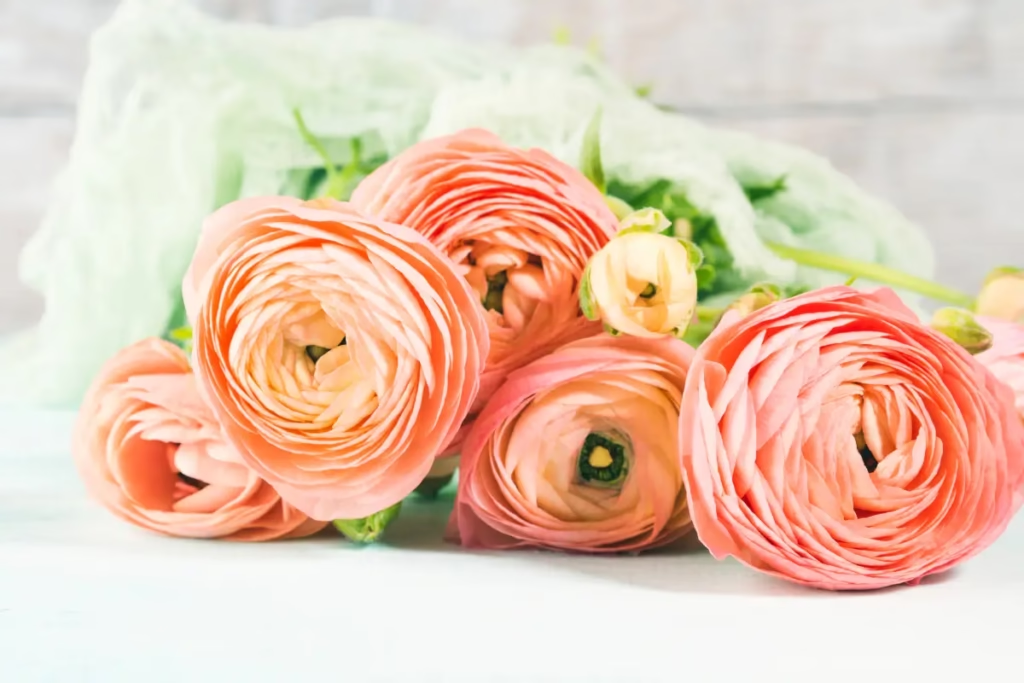
When to Choose Peonies: Choose Peonies for big, fragrant blooms in late spring to early summer. Perfect for bridal bouquets, anniversary flowers, or a show-stopping garden display, they come in soft pastel shades and rich reds. With meanings of romance, prosperity, and good fortune, they’re the ultimate special occasion flower — just remember, peony season is short but unforgettable.\
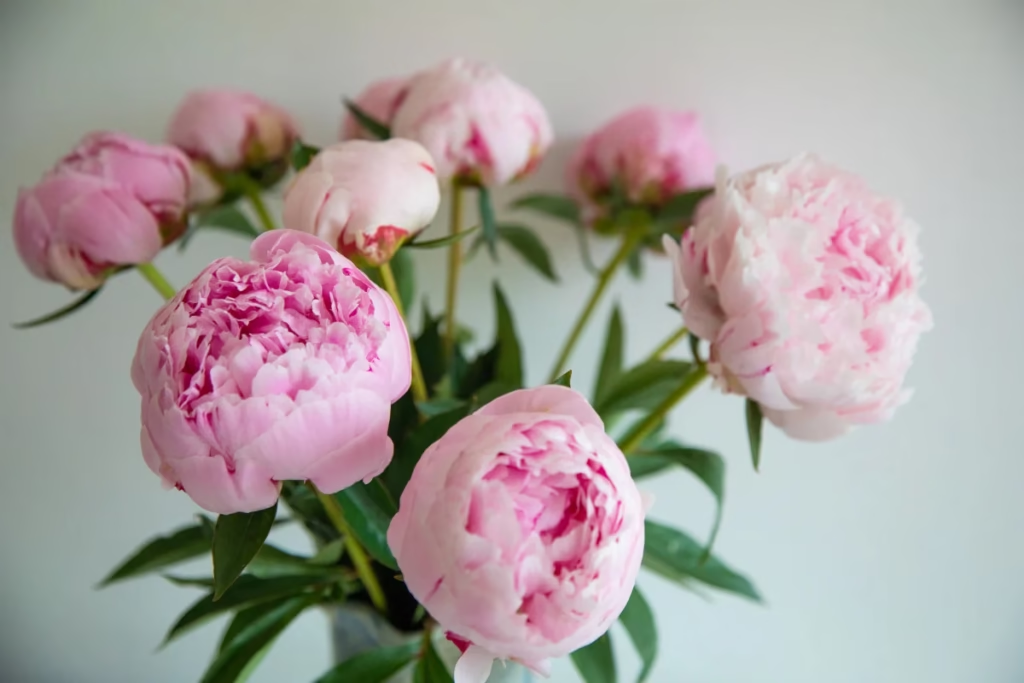
Final Thoughts
Whether it’s the fragrant peonies (Paeonia spp.) blooming in temperate late spring with colors like white, pink, and yellow, or vibrant ranunculus (Ranunculus asiaticus) from Mediterranean cool spring months in jewel tones and bright whites, both grace wedding bouquets, gardens, and arrangements. Peonies prefer moist, well-drained soil and a winter chill, while ranunculus thrives in sandy soil with a longer vase life.
When out of season, flowers like carnations (Dianthus caryophyllus), garden roses (Rosa spp.), anemones (Anemone spp.), camellias (Camellia japonica), begonias (Begonia spp.), and dahlias (Dahlia spp.) from Mexico and Central America keep blooms fresh year-round. Knowing their traits and seasons helps you pick the perfect flower for any occasion.

